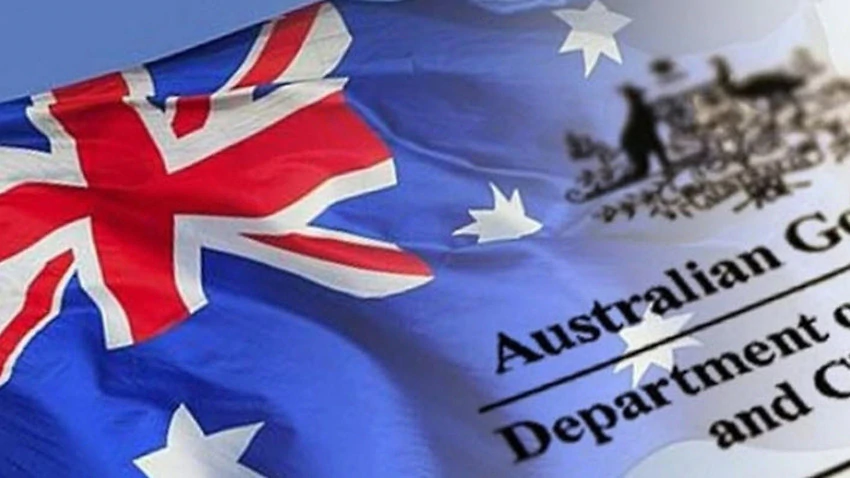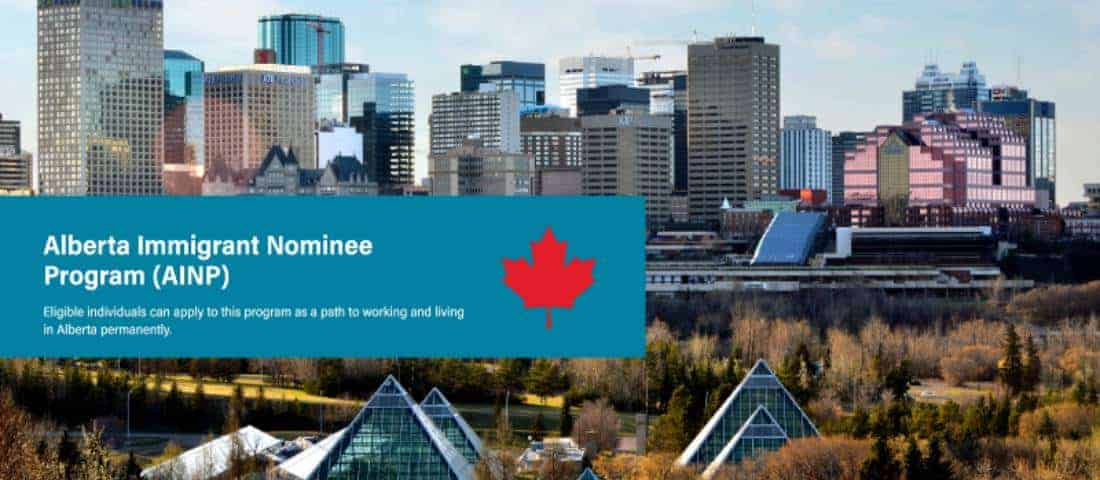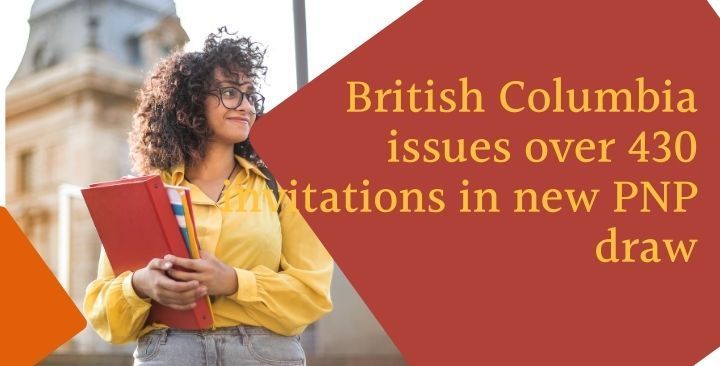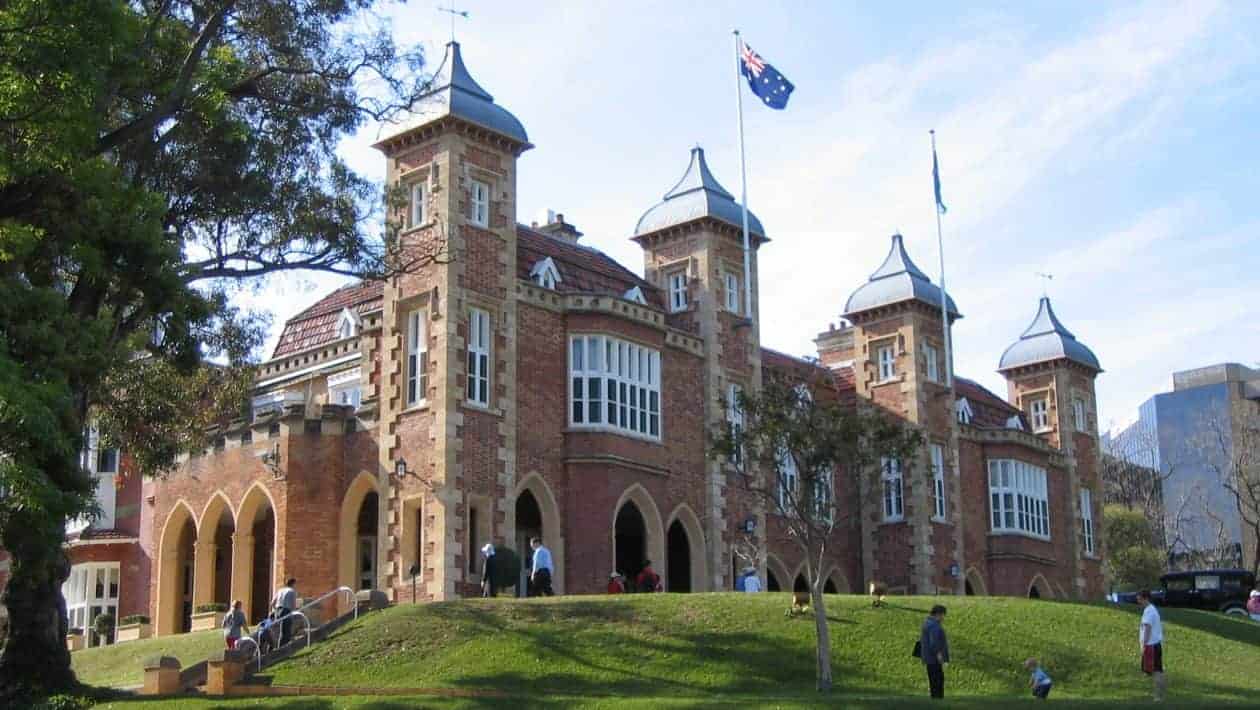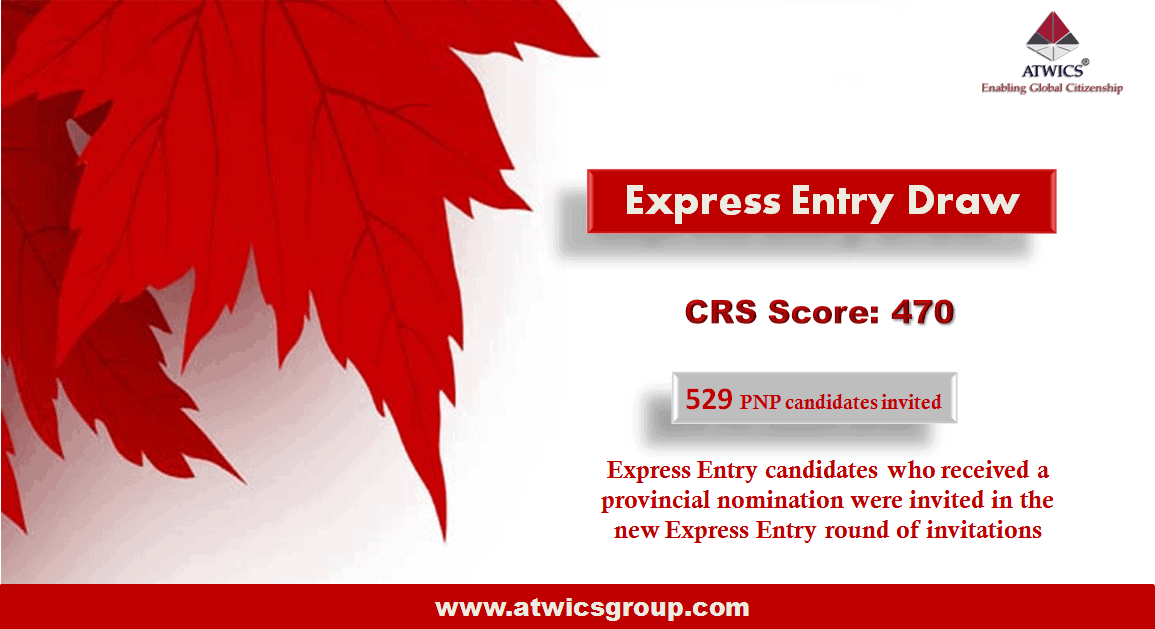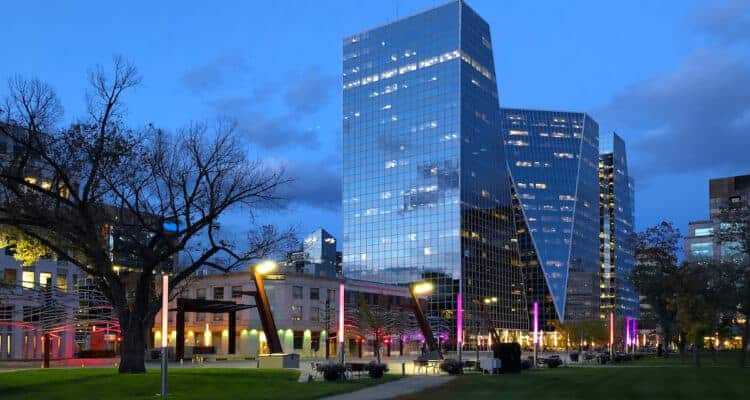Do you want to discover the easiest ways through which you can secure a permanent residency visa in Australia to live, work, and become a potential citizen? Then You must Read this!
Turning into a permanent resident of any country means that you are presently qualified to live in the country of uncertainty with no limitations from the government authorities. Nonetheless, not all countries provide foreign immigrants this type of chance.
Beside Canada immigration, Australia also gets several applications from migrants from all over the world. This is clear from the few applications got from people who wish to migrate to Australia from Dubai.
In case you want to live, study, work, and bring your family to Australia, at that point, there are several options to live in the country permanently. Notwithstanding, throughout the long term, these three methods have been proven to be the most general in giving an application for permanent residency in Australia.

1). Family Stream 2). Work Stream 3). Business or Investor Stream
1-Workstream
This option is principally for craftsmans, professionals/expats who wish to work and live permanently in Australia. They should have the necessary experience or profession required in the country. Normally, if you wish to give an application for residency by the work stream, there are two normal visa classes. We have the skilled independent 189 visa sub-class and the territorial 887 subclasses.
Skilled Independent (189) –this is for skilled migrants who don’t have a sponsor in Australia. It is partitioned into two kinds; the point-based stream and the New Zealand stream (New Zealand citizens).
The initial step is to record a statement of interest after you have guaranteed that you have the required occupation, then, wait for the government invitation to apply. Additionally, other elements will decide your qualification. You need at least 65 points to be eligible for an invitation.
During the procedure, your education and abilities will be accessed by the suitable expertise appraisal body in Australia. By the skilled independent visa, you can also sponsor any of your family members to head out to Australia.
The processing time for the subclass 189 visa is among 7 – 8 months. Here is comprehensive information on the Australia migrate from Dubai.
Skilled regional subclass (887) – The misfortune about this visa is that candidates must have worked and lived in a particular territory in Australia for two years before their application.It takes around 16 – 18 months to procedure, and successful candidates will reside permanently in Australia and furthermore sponsor their family members to become residents of the country.It is an superb decision for skilled people previously residing in Australia as a provisional resident.
2-Family Stream
The family stream visa application is for families, near relations of Australian citizens or permanent residents. Additionally, adopted kids (inside or outside the country), and any nearby family to an ill or aged Australian resident can give an application. The weakness of this class of visa is that it is very costly to process.
Under the family stream, there are different selections of visas which depend on several elements.
Each of this visa subclass has its own qualification requirements.
Relatives, Adopted kids, and long-term caregivers
- Subclass (Aged dependent relative visa)
- Subclass 116 (Carer visa)
- Subclass 115 (Remaining relative visa)
- Subclass 117 (Orphan relative visa)
Spouse or married partners
- Subclass 309 and 100 (Partner visa)
- Subclass 300 (Prospective marriage visa)
Parents visiting children or vice versa
- Subclass 143 (Contributory parent visa)
- Subclass 103 (Parent visa)
- Subclass 114 (Aged dependent relative visa)
3-Business or Investment Stream
This particular class of visa is for great profile people who wish to or have invested in the Australian economy through the business foundation, organizations, government properties, stocks, or bonds.
There are three types of business or investment stream that provides a permanent visa; they are:
Business Innovation and Investment visa (subclass 888) –for business or organization proprietors, business people, and foreign investors who wish to reside permanently in Australia. The expense of this visa is around AUD2, 405, however there is no particular processing time.
Investor Visa: this is basically for investors who have one or a few investments inside the Australian region. Nonetheless, such investors need to have been a provisional resident before his application.
Tertiary or state-sponsored investor (subclass 893):this is a particular investor visa for state-sponsored investors who were already under the temporary subclass 165.Such an investor will have sustained the investment for four years with no record of criminal or fake activity.
The cost of the application is around at AUD2, 275.

